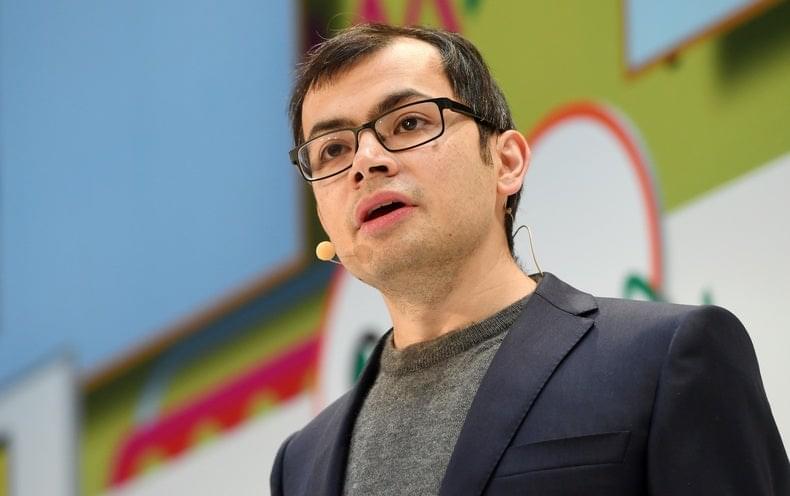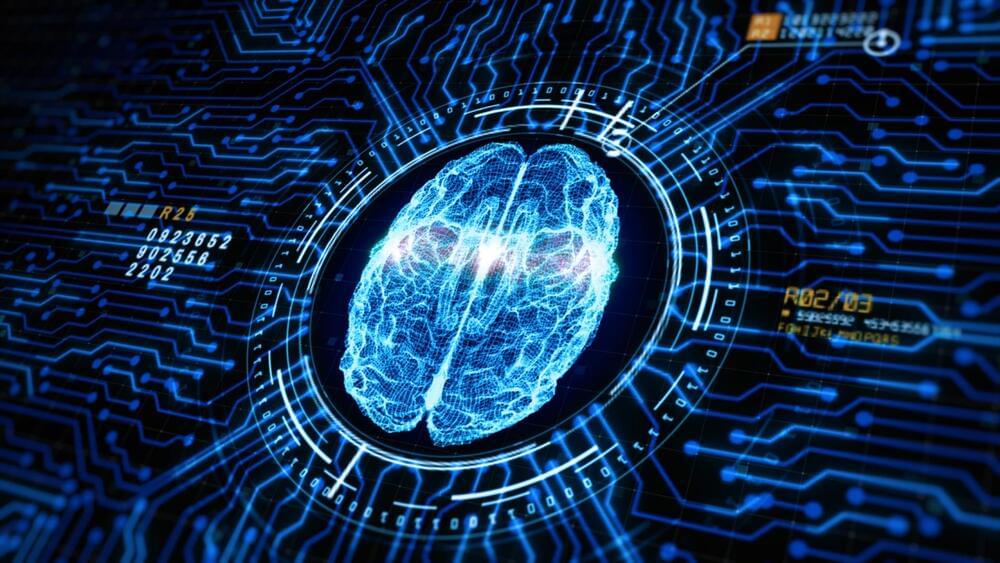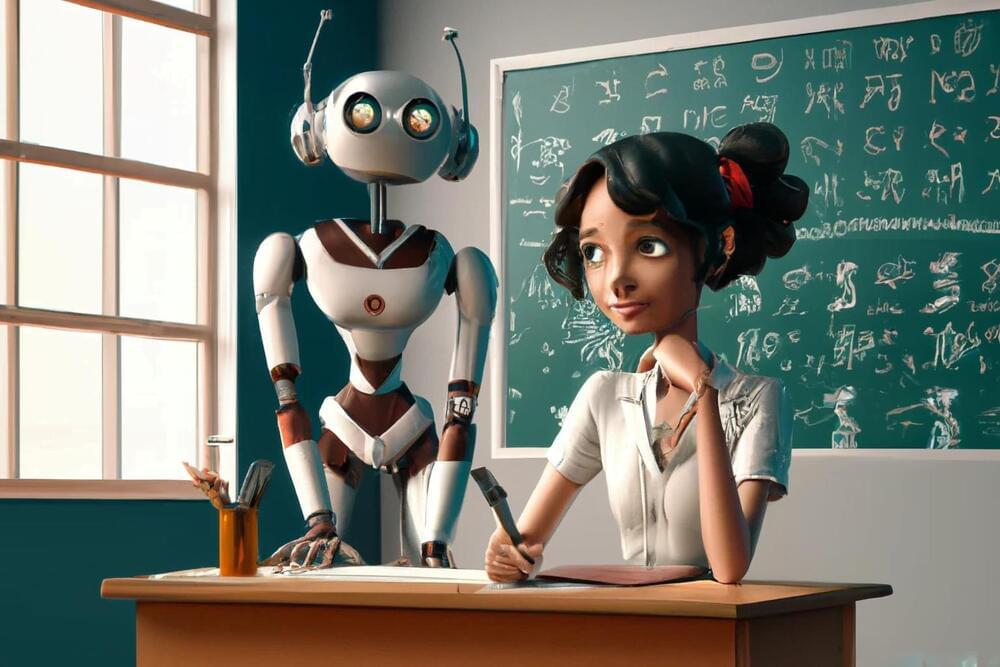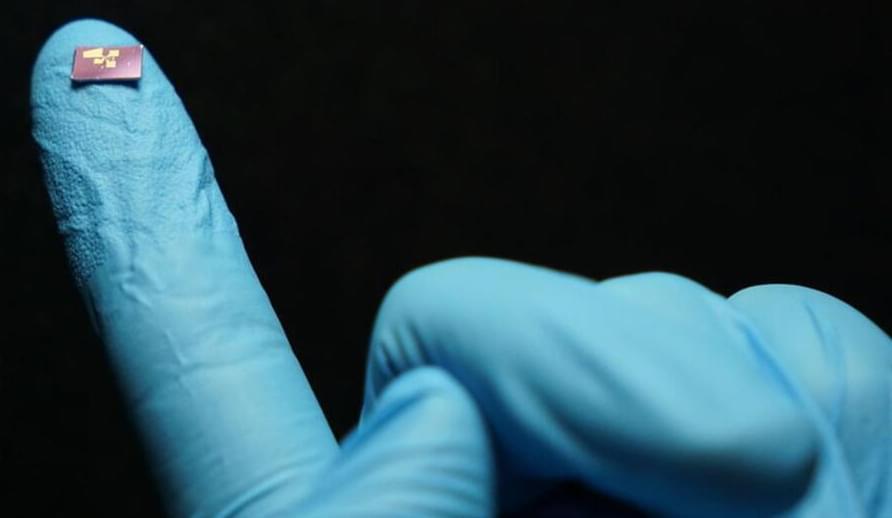A network of autonomous cable cars transports people and goods around a city in this concept developed by transport design studio Half Company.
Halfgrid is a proposal for a city-wide transport system that uses artificial intelligence (AI) to move suspended capsules to their designated location.
It is billed as “a fully autonomous transit system for people and goods, running on a separate layer above the ground and based on the smallest unit possible — an individual person-sized pod”.




